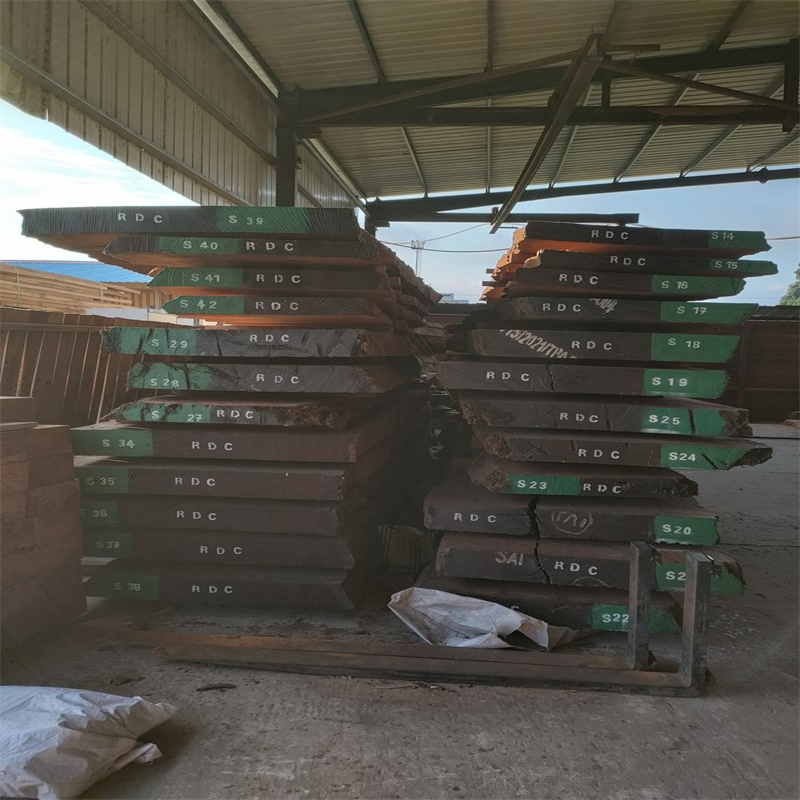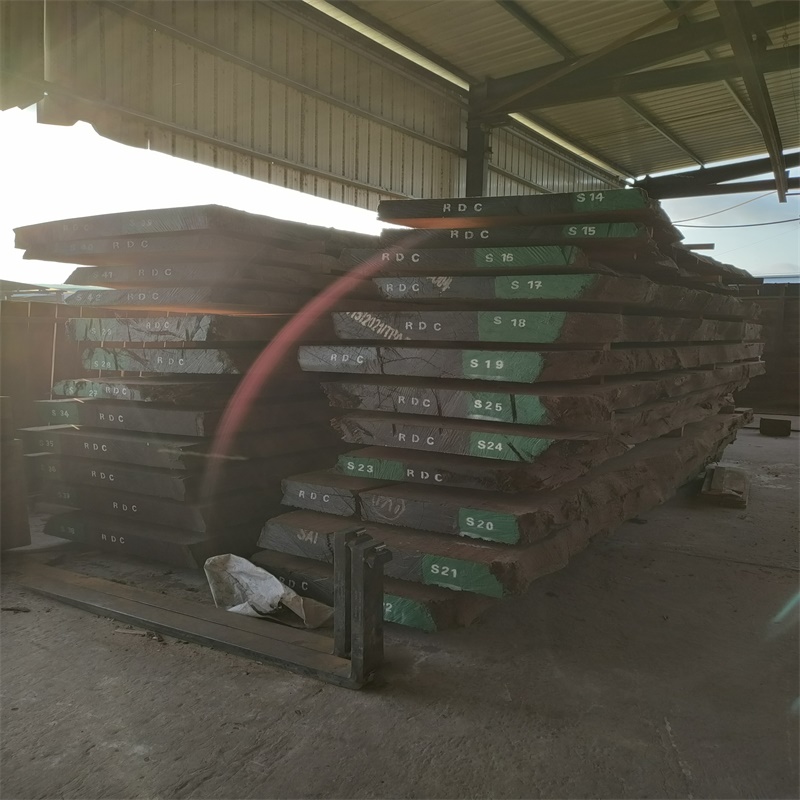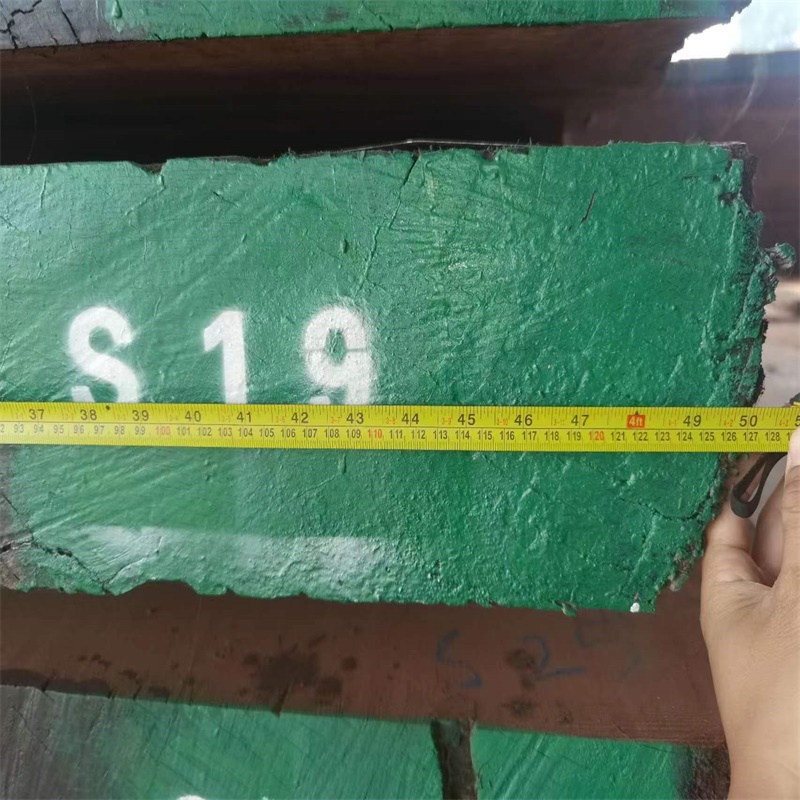


Sapili wood is loose hole wood. The differentiation of heartwood is obvious to slightly obvious.
The heartwood is fresh flour red, and gradually changes to reddish brown or purplish brown like mahogany with atmospheric oxidation; Sapwood is light red to light grayish yellow, 7-10cm thick.
The wood is glossy; The air-dried wood, especially the fresh section, has a strong aroma like Chinese toon (and so does the bark), without special taste. The texture is slightly staggered and wrinkled.
On the radial section, there are more obvious dark stripe or intermittent band patterns than other species of Meliaceae, and the ripple pattern formed by wavy texture is also sometimes visible.
The structure is fine to medium and uniform. Seen occasionally from those who exude gum.
Wood is moderately resistant to termites and beetles.
It is extremely difficult to inject heartwood preservative. The drying speed is medium to fast, with slight cracking and deformation defects. It is not difficult to process, the texture is slightly staggered, and the tool edge is easy to blunt, so alloy hacksaw blade should be used;
Good adhesion, coating and sanding, poor bending.
The wood has high strength, durability and termite resistance. It is suitable for making floors, interior decoration accessories and wall panels.
Cabinets, indoor and outdoor joinery products, doors and windows; Ships, musical instruments and planing decorative veneer, plywood, etc.